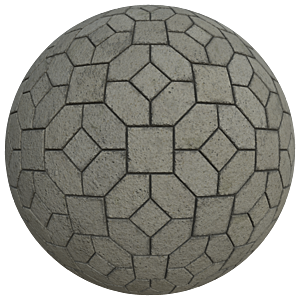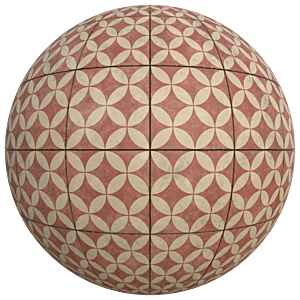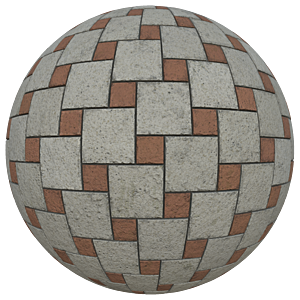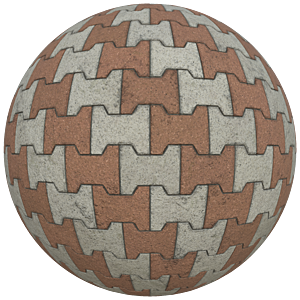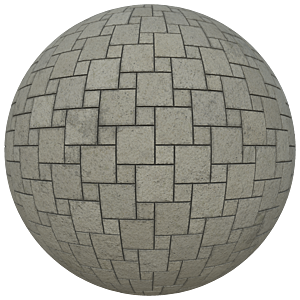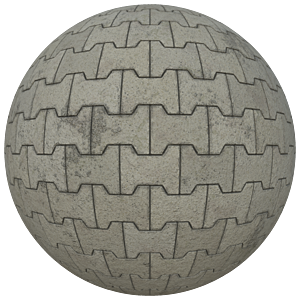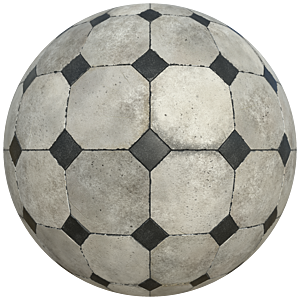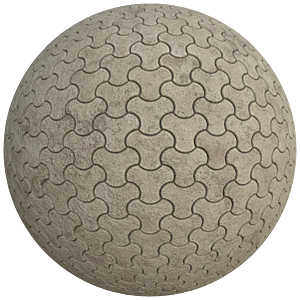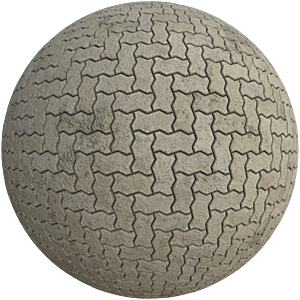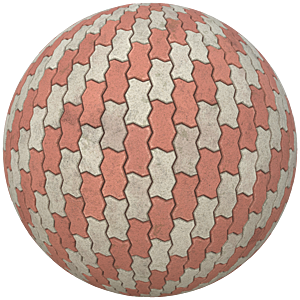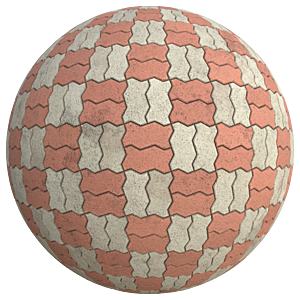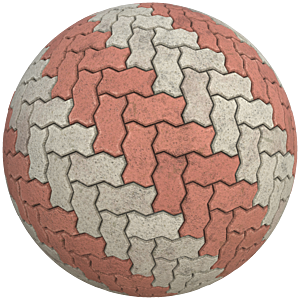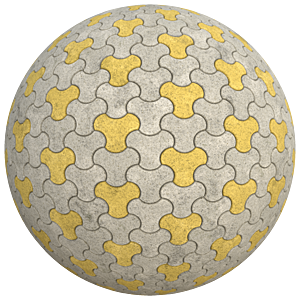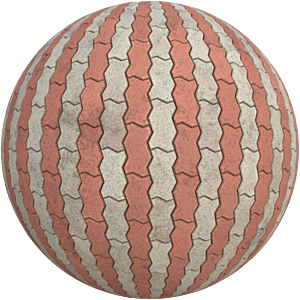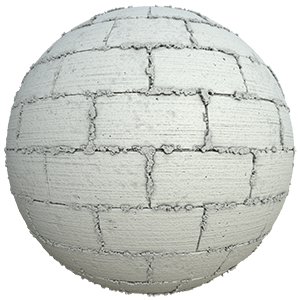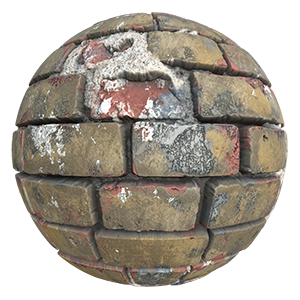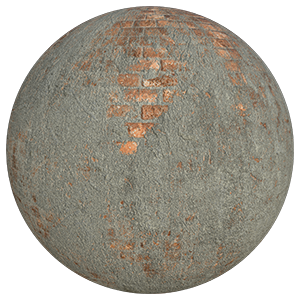Large and small squares and diamond tiles forming the octagonal pattern. It is a gorgeous texture for public pathways.
These old and dusty tiles have a pattern of overlapping red circles. It is a fantastic texture for ancient houses and Renaissance interiors.
These concrete blocks interlock each other and the large and small tiles have different colours.
It is a tremendous material for patios and squares.
It is a tremendous material for patios and squares.
These I shape concrete blocks interlock each other and in alternating colours of red and grey.
It is a wonderful outdoor texture for backyards and public areas.
It is a wonderful outdoor texture for backyards and public areas.
Large and small concrete bricks interlocking each other.
It is a wondrous pavement texture for outdoors and streets.
It is a wondrous pavement texture for outdoors and streets.
This concrete block has I-shaped structure interlocking each other when they are in offset layout.
It is a fantastic pavement texture for parks and pedestrian pathways.
It is a fantastic pavement texture for parks and pedestrian pathways.
These antique cement tiles look like French limestone. The small diamond tiles are more like a ceramic material. Dirt can be found everywhere.
They are old cement blocks having Y-shape and interlocking each other. The texture is commonly used for pavement of public area.
This concrete block has zigzag edges interlocking other bricks. These old blocks are arranged in herringbone orientation.
It is a fabulous texture for paving public areas and street.
It is a fabulous texture for paving public areas and street.
The zigzag edges of each cement block interlocking each other. The red and grey colours of the blocks form the diagonal strips.
It can be used to texture pedestrian allies or terraces.
It can be used to texture pedestrian allies or terraces.
This concrete block has zigzag edges giving them stronger bonding. The blocks are arranged in basketweave pattern and paired up to form alternating colours.
It is a gorgeous texture for paving streets and parks.
It is a gorgeous texture for paving streets and parks.
This concrete block has zigzag edges allowing each brick to interlock each other. The blocks are arranged in herringbone orientation and paired up to form alternating diagonal pattern.
It is a gorgeous texture for paving public areas and pathways.
It is a gorgeous texture for paving public areas and pathways.
This cement block has 3 fan-shaped structures allowing them to interlock together. The blocks are arranged in brick bond format with alternating colours of grey and yellow.
It can be used to materialise footpaths or walkways.
It can be used to materialise footpaths or walkways.
This concrete block has zigzag edges allowing each brick to interlock each other. The blocks are arranged in running bond type with alternating colours.
It can be used to texture pedestrian pavements or sidewalks.
It can be used to texture pedestrian pavements or sidewalks.
They are red concrete blocks of Y-shape interlocking each other. The texture is usually used to pave pedestrian pathway.
They are concrete blocks and its grout is filled with excessive mortar. There are horizontal marks on the bricks.
Using the SBSAR file, users can change the colors of the blocks and cement, control the amount of mortar, and adjust other imperfection parameters.
Using the SBSAR file, users can change the colors of the blocks and cement, control the amount of mortar, and adjust other imperfection parameters.
It is a worn brick wall. Some bricks have been badly damaged and exposed inner part of the bricks which have different colours than outer paint. The bricks were roughly glued together. Thus, a lot of cement exists out of the grout.
The SBSAR gives users the flexibility to set the brick amount, colours and fine tune the damage level.
The SBSAR gives users the flexibility to set the brick amount, colours and fine tune the damage level.
It is plainly a red brick wall, but the bricks are covered by a layer of grey cement.
Parts of the cement is worn and exposes the underneath red bricks.
Damage can be found on both the concrete layer and bricks.
Parts of the cement is worn and exposes the underneath red bricks.
Damage can be found on both the concrete layer and bricks.
